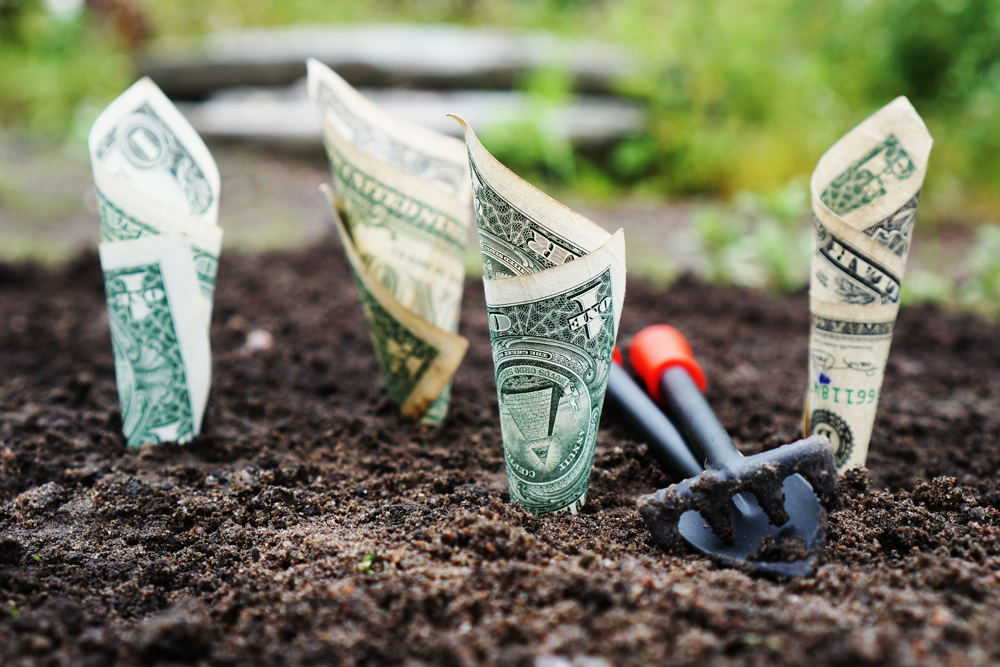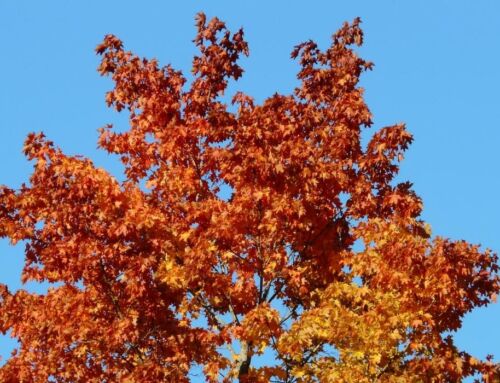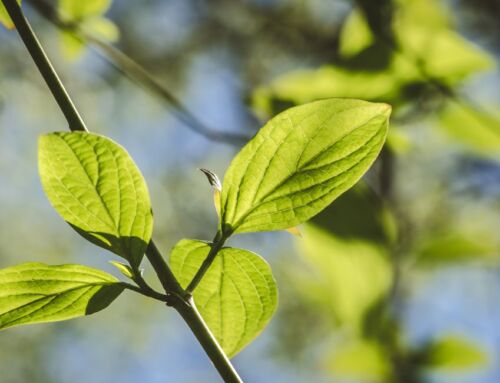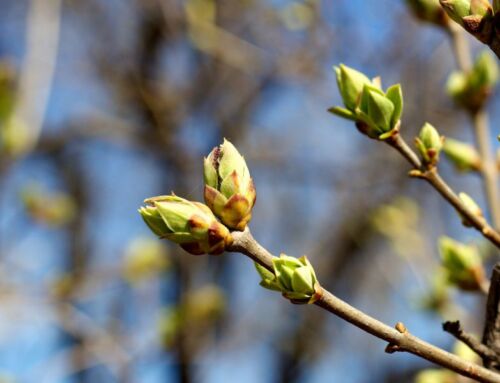It has been estimated a medium size tree produces about $30,000 worth of oxygen over ‘a period of 50 years. The other factors; soil fertility $30,000; recycling of water and controlling humidity $36,000 sheltering birds, animals, other plants etc. $30,000, and controlling air pollution $60,000. This gives a total for the 50 years of $188,000.
The US Forest Service estimates that market values for homes are increased by the presence of trees at rates ranging from 7 to 20%. Apart from homes on the coastline, you will generally observe that the more expensive urban homes are in areas which have plenty of trees.
Trees carry out their daily routines year after year, stabilizing the soil, recycling nutrients, cooling the air, modifying wind turbulence, intercepting the rain, absorbing the toxins, reducing fuel costs, neutralizing sewage, increasing property values, enhancing, social awareness, providing beauty, cutting noise, giving privacy, promoting tourism, encouraging recreation, reducing stress, and improving personal health as well as providing food, medicine and accommodation for other living things.
Three trees placed strategically around a single-family home can cut summer air conditioning needs by up to 50 percent. By reducing the energy demand for cooling our houses, we reduce carbon dioxide and other pollution emissions from power plants. The beauty of a well-planted property and its surrounding street and neighborhood can raise property values by as much as 15 percent.
Trees may not fix all that’s wrong with our cities, but tree planting could be promoted as a contribution that individuals can make to clean up the environment and to reduce stress.
- · For every 10,000 miles you drive, it takes 7 trees to remove the amount of carbon dioxide produce if your car gets 40 miles per gallon (mpg); it will take 10 trees at 30 mpg; 15 trees at 20 mpg; 20 trees at 15 mpg; and 25 trees at 12 mpg)





